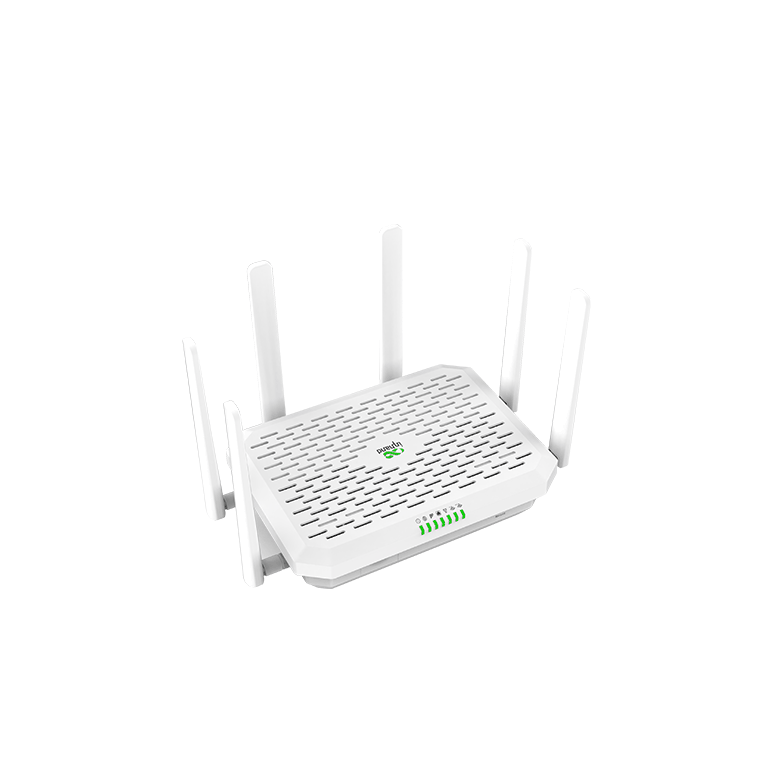キャリアアグリゲーション (CA) とは何ですか?
あらゆるものがインターネットで繋がる現代社会において、企業は日々の業務に高性能インターネットを頼りにしています。小売チェーンにおけるリアルタイムのデータ同期から、ビデオ会議、遠隔地や緊急事態における重要な通信まで、あらゆる場面でその役割を果たしています。5Gはすでに速度と遅延の大幅な改善をもたらしていますが、それをさらに進化させる技術がキャリアアグリゲーション(CA)です。
この記事では、キャリア アグリゲーションとは何か、どのように機能するのか、そしてなぜ帯域幅を大量に消費するビジネス アプリケーションにとって不可欠な機能になりつつあるのかについて説明します。
キャリアアグリゲーションとは何ですか?
理解するために簡単な例えを使ってみましょう。
5Gネットワークを交通量の多い高速道路と想像してみてください。スペクトル(無線周波数)はその道路の車線です。キャリアアグリゲーションがないと、デバイス(スマートフォンやルーター)はデータの送受信に1つの車線しか使用できません。その1つの車線が混雑すると、速度が低下します。
キャリアアグリゲーション技術は、まるでスマートな交通管制官のように機能します。隣接または非隣接の複数のレーン(異なる周波数帯域であっても)を、1つの超広帯域「高速レーン」に統合します。データは、これらの集約されたすべてのレーンを同時に通過します。
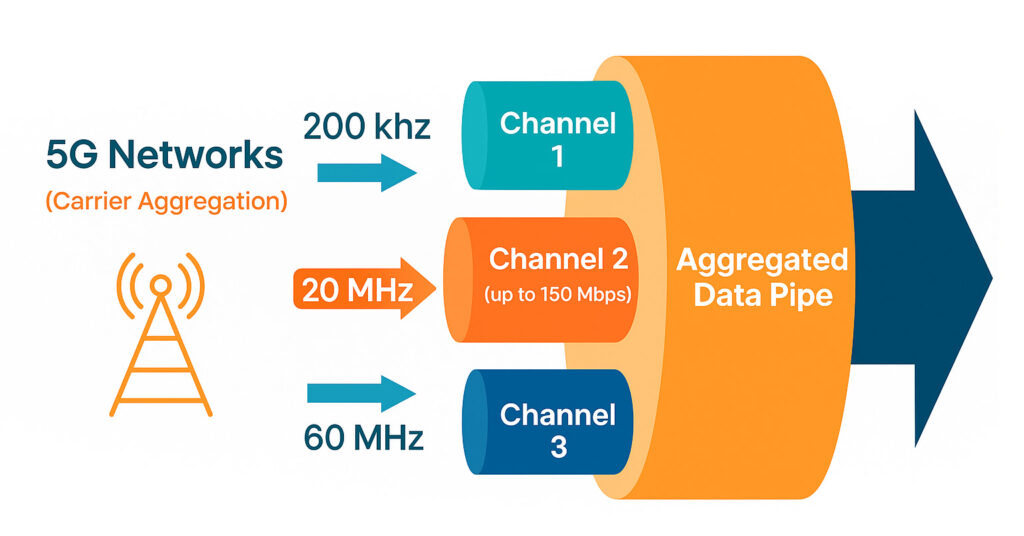
技術的には、キャリアアグリゲーションとは、複数のキャリアチャネルを結合することで、単一のユーザーデバイスでより高いデータスループットと低遅延を実現する機能です。これは、4G Advancedと5Gネットワークの両方の基盤技術です。
キャリアアグリゲーションはどのように機能しますか?
キャリア アグリゲーションは主に 3 つのタイプに分類されます。
1. バンド内連続CA
同じ周波数帯域内で隣接する2つ以上のコンポーネントキャリアを統合します。これは、高速道路の同一区間で連続する車線を合流させるようなもので、実装は比較的簡単です。
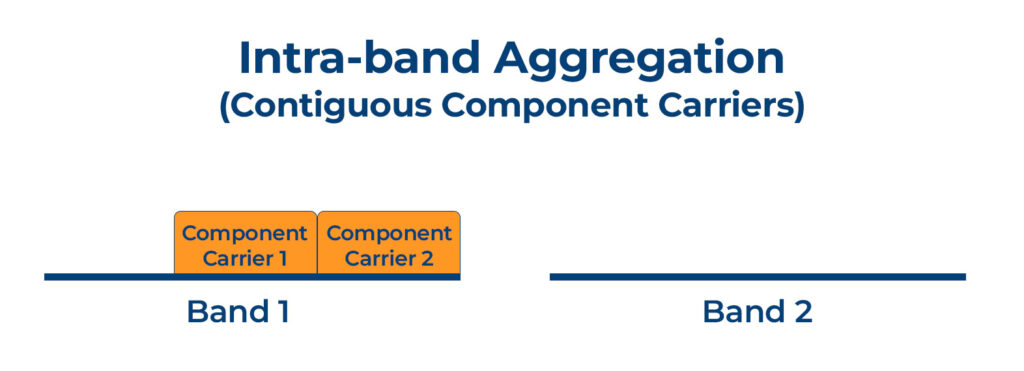
2. バンド内非連続CA
同一バンド内でありながら、ギャップによって分離されたキャリアを集約します。これは、同じ高速道路上の隣接していない車線を合流させるのと似ており、より高度な調整が必要です。
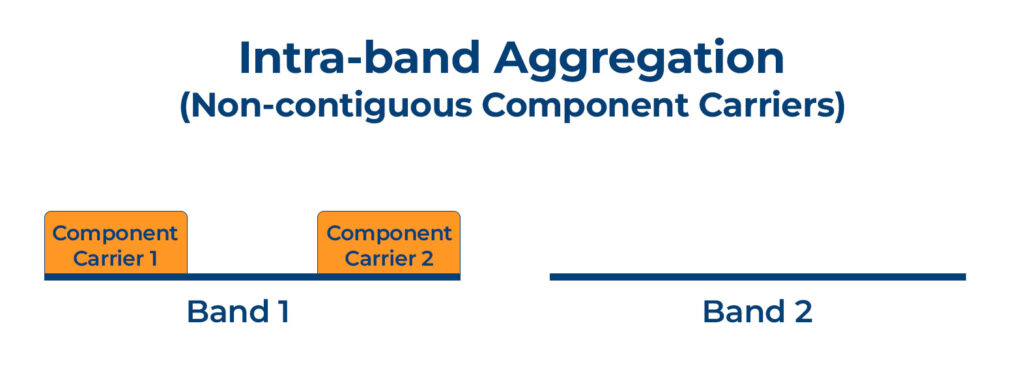
3. インターバンドCA
異なる周波数帯域のコンポーネントキャリアを集約します。これは最も強力かつ複雑な方式です。例えば、広いカバレッジと優れた壁貫通性で知られる低帯域スペクトル(例:n5、n28)と、驚異的な速度と容量で知られる中帯域または高帯域スペクトル(例:n78、n41)を組み合わせることができます。前者は安定した信頼性の高い接続を確保し、後者は最高のパフォーマンスを提供することで、両方のメリットを享受できます。
エンタープライズ アプリケーションの場合、インターバンド キャリア アグリゲーションは最大の価値を提供し、利用可能なすべてのスペクトル リソースをインテリジェントに活用して、どのような状況でも最適なネットワーク パフォーマンスを保証します。
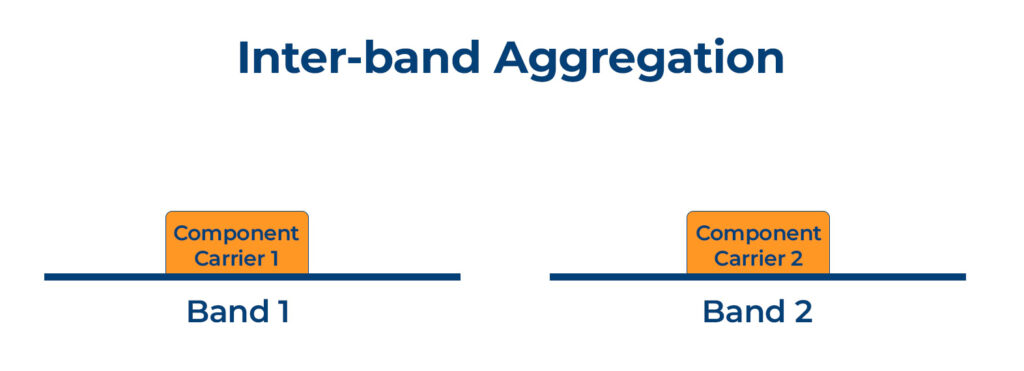
キャリア アグリゲーションがエンタープライズ シナリオに不可欠なのはなぜですか?
消費者にとって、CAはビデオのダウンロード速度の向上を意味します。企業にとっては、業務の回復力、生産性、そして競争優位性の向上につながります。
• 高い同時実行性を実現する最高速度
オフィスや小売店では、数十台、あるいは数百台のデバイスが同時にオンラインになります。CAが提供する膨大な帯域幅は、全社規模のビデオ会議、クラウドベースのERPシステムへのアクセス、大容量ファイルの同期といった高負荷のアプリケーションを難なく処理し、ネットワークの遅延が生産性のボトルネックとなるのを防ぎます。
• 重要な業務に対する比類のない信頼性
複数のキャリアを統合することで、1つの周波数帯域で干渉や混雑が発生しても接続は安定します。データは代替帯域を経由してシームレスに流れます。この冗長性によりネットワークの信頼性が大幅に向上し、POS取引やビデオ監視のアップロードといったミッションクリティカルなタスクにおいて「常時接続」を実現します。
• リアルタイムアプリケーションのための低レイテンシ
屋外プロジェクト、緊急対応、ライブ放送などでは、HD映像を指令センターやクラウドにほぼ瞬時にアップロードする必要があります。CAはネットワーク遅延を大幅に削減し、リアルタイムのリモートコラボレーションと意思決定を実現します。
• ROIを最大化する
これにより、企業は通信事業者が展開する複数の5G帯域を最大限に活用できるようになります。まるで1つの価格で複数のパフォーマンス層を利用できるかのようで、ネットワーク投資の価値を最大化します。
FWA12: 5G CA と Wi-Fi 7 MLO の強力な融合
先進的なワイヤレス技術の融合は、ビジネスコネクティビティの可能性を大きく変えつつあります。Wi-Fi 7のマルチリンクオペレーション(MLO)(Wi-Fi 7の詳細については、別のブログ「Wi-Fi 7とは?」をご覧ください)により、デバイスは複数の周波数帯域で同時に通信できるようになり、スループットが大幅に向上し、ローカルネットワークの遅延が低減します。これを、複数のセルラーバンドを統合して広域ネットワークの速度と信頼性を向上させる5Gキャリアアグリゲーションと組み合わせることで、需要の高い環境に最適な強力な統合ソリューションが実現します。
エンタープライズグレードの5G Wi-Fi 7ルーター「FWA12」の発売をお知らせいたします。Wi-Fi 7 MLOと5Gキャリアアグリゲーションを単一プラットフォームに統合した製品です。小売チェーン、企業オフィス、現場業務など、極めて高い応答性と将来性を備えた接続性を求める企業向けに設計されたこのルーターは、次世代のワイヤレステクノロジーの活用を希望するお客様にシームレスなアップグレードパスを提供します。
関連製品:
